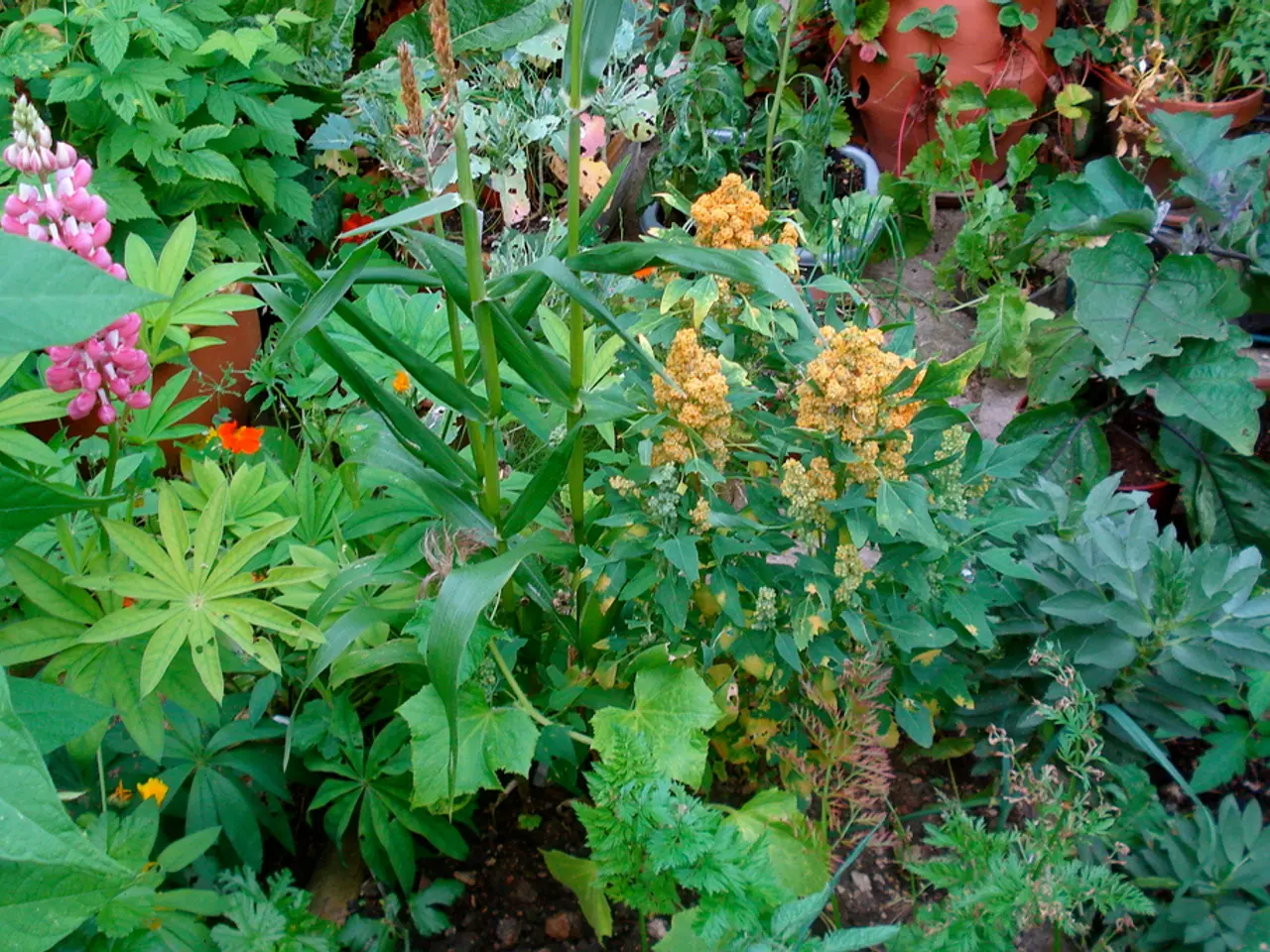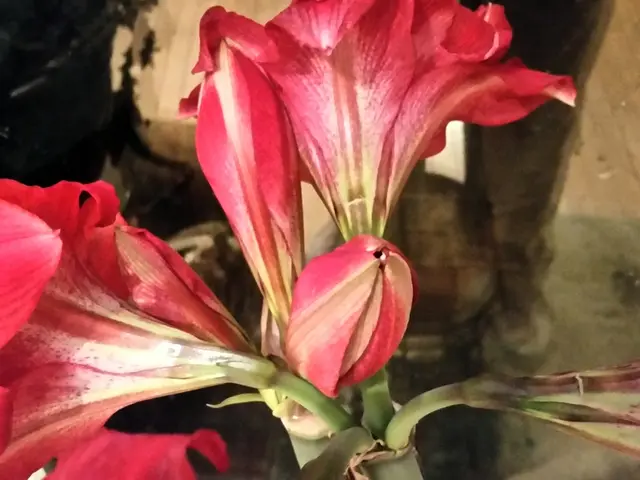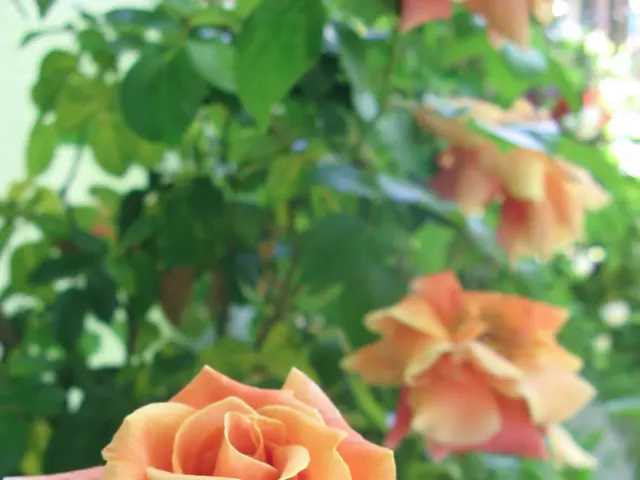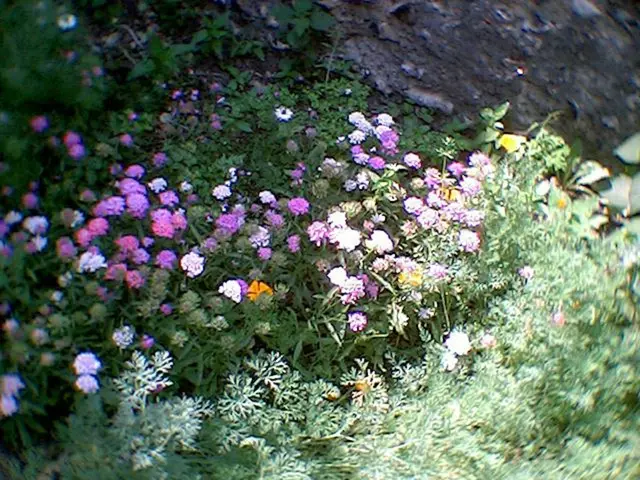Workshops to Craft Flower Meadows and Insect Homes, Sponsored by Electrolux, Set for Wołomin on May 8, 2025
Lively, Green Initiatives: How Urban Flower Meadows are Transforming Cities
Let's chat about an exciting environmental endeavor that rocked Wołomin on May 8, 2025. A collaborative effort between our esteemed website and Electrolux, this event aimed to revitalize local nature and ramp up environmental consciousness. The highlight? Building a colorful flower meadow and insect homes!
This eco-friendly gathering was more than just a fun day out; it was a step toward the company's broader mission—to improve not just the environment, but nudge folks toward nature conservation. With the enthusiastic contributions of participants, Wołomin's green space benefited immensely—a win for local biodiversity and the community.
Painted with Blooms: Nurturing Pollinators in the Heart of the City
What's a flower meadow, you ask? Think of it as an urban oasis where Mother Nature and city life meet to celebrate diversity and life. In Wołomin, we transformed barren land into a bustling habitat by planting bulbous flowers by hand. These blooms will offer early feasts for pollinators in the coming seasons, providing the essential nectar and pollen they need.
Flower meadows aren't mere decorative elements; they're thriving ecosystems, attracting buzzing bees, vibrant butterflies, and countless other helpful insects. These pollinators play a pivotal role in maintaining a healthy ecosystem balance. And guess what? Meadow vegetation is hardy, surviving well in urban conditions! It's less demanding, flourishing in droughts, requiring lesser watering, and enhancing soil water retention. Awesome, right?
Blooming Benefits: Lifting Cities to New Heights
So, why should you care about flower meadows in the city? Well, apart from adding a pop of color to our urban landscapes, they offer a slew of social, ecological, and aesthetic advantages:
- Pollinator Paradise: Flower meadows serve as vital habitats and larders for pollinators like bees, butterflies, hummingbirds, and bats. These lush plots offer nourishment, helping to bolster pollinator populations declining due to habitat loss and urban development[1][3][5].
- Celebrating Local Biodiversity: The diversity of plant species in these meadows supports a wide range of native pollinators. Research reveals the importance of surrounding habitats for sustaining bee populations in urban areas[1].
- Reigniting Biodiversity: Flower meadows breathe new life into previously dormant or poorly utilized urban spaces, boosting biodiversity by offering shelter and resources to many insect, bird, and animal species[3].
- Breathtaking Airstrip: By absorbing carbon dioxide and releasing oxygen, meadows contribute to cleaner air in urban environments[4].
- Simple Eco-Friendly Spaces: Less watering, less mowing—flower meadows are a resource-efficient approach to urban greening with continuous ecological benefits year-round[2][5].
- Boosting Wellbeing and Joy: Beyond the ecological, meadows also improve our mental health by painting our cities with color, uplifting moods, and connecting us with nature[3].
- Engaging Education: Creating and observing a flower meadow inspires learning about native plants and pollinators, fostering a sense of stewardship for urban biodiversity[5].
In essence, urban flower meadows are perfect spaces to nurture pollinators, bolster biodiversity, improve air quality, and promote human well-being—all while keeping maintenance costs low. By answering the call to nurse these thriving ecosystems, we're investing in a greener, healthier future for our cities[1][2][3][4][5].
- In the heart of the city, we're promoting the practice of gardening to cultivate urban flower meadows, which serve as vital environmental-science initiatives for pollinators, adding a pop of color to our lifestyles as well as contributing to a healthier home-and-garden ecosystem.
- As we embark on a journey to transform urban spaces, we’re leverageing the power of science, particularly environmental-science, by creating flower meadows, not just as elaborate home-and-garden decor, but as important ecosystems that support lifestyle choices that prioritize nature conservation and nurturing pollinators in our city landscapes.








